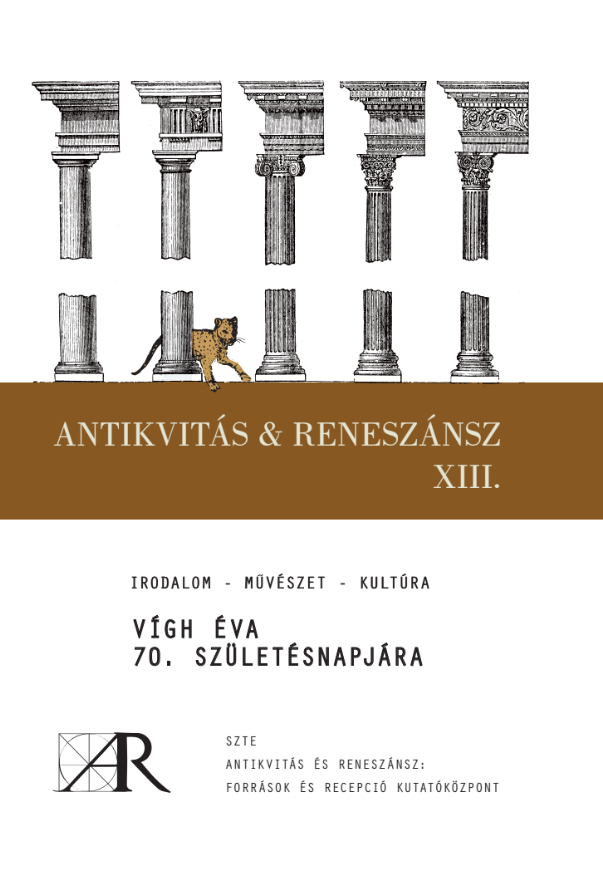„O blind cupidity, O wrath insane”: allegorical figures of violence and its causes in canto 12 of the Commedia
Main Article Content
Abstract
In canto 12 of the play, Dante addresses a rhetorical appeal to sinful humanity, and in particular to tyrants and those who sin against the possessions of others, and, in addition, he identifies blind cupidity (cieca cupidigia), alongside insane wrath (ira folle), as the cause of violent acts against one’s neighbour, expressed by the allegorical figures in the canto. Dante chooses a monster of mixed species with pagan mythological roots as the guardian of the circle of the violent ones as well as the bearer of the concept of this vice, whose very conception is linked to violence; moreover, he selects hybrid creatures armed with bows and arrows as the guardians of the first subcircle, who, due to their identical evil deeds, become the perfect instruments of the 'contrappasso'. This paper shall focus on the meaning and role of these creatures in the work, with the aim of presenting the sources and inventions that define Dante's train of thought.
